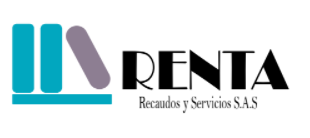The operating system controls the operations and resources of the computer by controlling access to the central processor unit (CPU) memory, file storage and input/output device. It manages tasks such as scheduling resource usage to avoid conflicts and interference among processes, regulating the content and structure of files on non-primary storage media and determining which applications are able to utilize hardware components, such as disk drives or WiFi adaptors. It also permits users to connect to the system through the use of a Graphical User Interface or Command-Line Interface.
Process Management
The operating systems handles the start, stop and resumption processes of applications. It decides which application should be run first, for how long the CPU will be used, and the time to stop. It can also split the program into multiple threads that allow it to run simultaneously on multiple processors. Each of these actions are controlled by a program in the operating system referred to as a process block.
File management
Operating systems maintain structure and contents of files in non-primary storage for data. They know the location where each piece of information in a particular file is and can move it between memory and storage as needed. They can also map virtual memory pages to physical memory pages for faster access. This process is known as demand paging.
It also interacts directly with hardware in the computer through drivers and other interface software. For instance, if an application is looking to use a specific piece of hardware, such as a WiFi adaptor, then the operating system will supply the driver and permit it to myopendatablog.com/ps5-vs-ps4-pro connect to the hardware. This is all accomplished without the programmer having to write an entirely new piece of code for each Wi-Fi adaptor disk drive, or another type of hardware.
